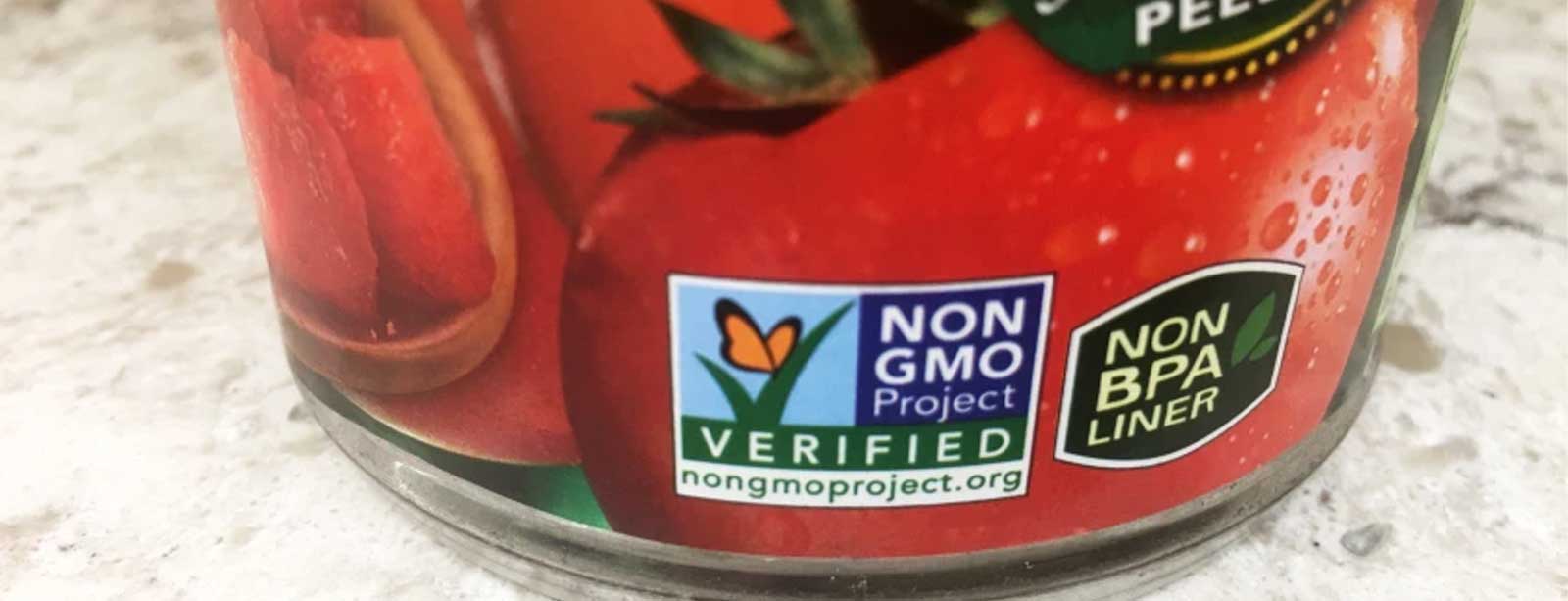The Non-GMO Project’s butterfly label is a certification mark that indicates that a product has been independently verified to meet the Non-GMO Project’s standards for GMO avoidance. The Non-GMO Project is a non-profit organization in the United States and Canada that verifies products as non-GMO (non-genetically modified organism) through a process of testing, inspection, and ongoing monitoring.
The Non-GMO Project is a non-profit organization, and their funding comes from a variety of sources, including donations, membership fees, and sales of their butterfly label. They also receive funding from foundations and grants, as well as from companies that support their mission of promoting non-GMO products and raising awareness about the potential risks of genetically modified organisms (GMOs).
To receive the Non-GMO Project Butterfly label, products must go through a rigorous verification process, which includes testing of all major GMO risk ingredients and ongoing monitoring of the supply chain to ensure that the product remains non-GMO. The products that pass the verification process are allowed to use the Non-GMO Project butterfly label on their packaging. There are actually not that many GMO crops on the market — the vast majority of acres are planted to just three crops: corn, soybeans, and cotton. This new restriction eliminates a large segment of the foods and non-foods bearing the Non-GMO Project’s butterfly label.
The goal of the Non-GMO Project is to provide consumers with a reliable and consistent non-GMO choice, by providing a label that indicates that a product has been independently verified as non-GMO. The butterfly logo is a symbol of the Non-GMO Project, which is meant to represent the idea that “a world of possibilities awaits when we choose non-GMO.”
Critics of the label claim that it is just a marketing campaign designed to get consumers to ignore the benefits of GMOs in food.
Some Resources:

